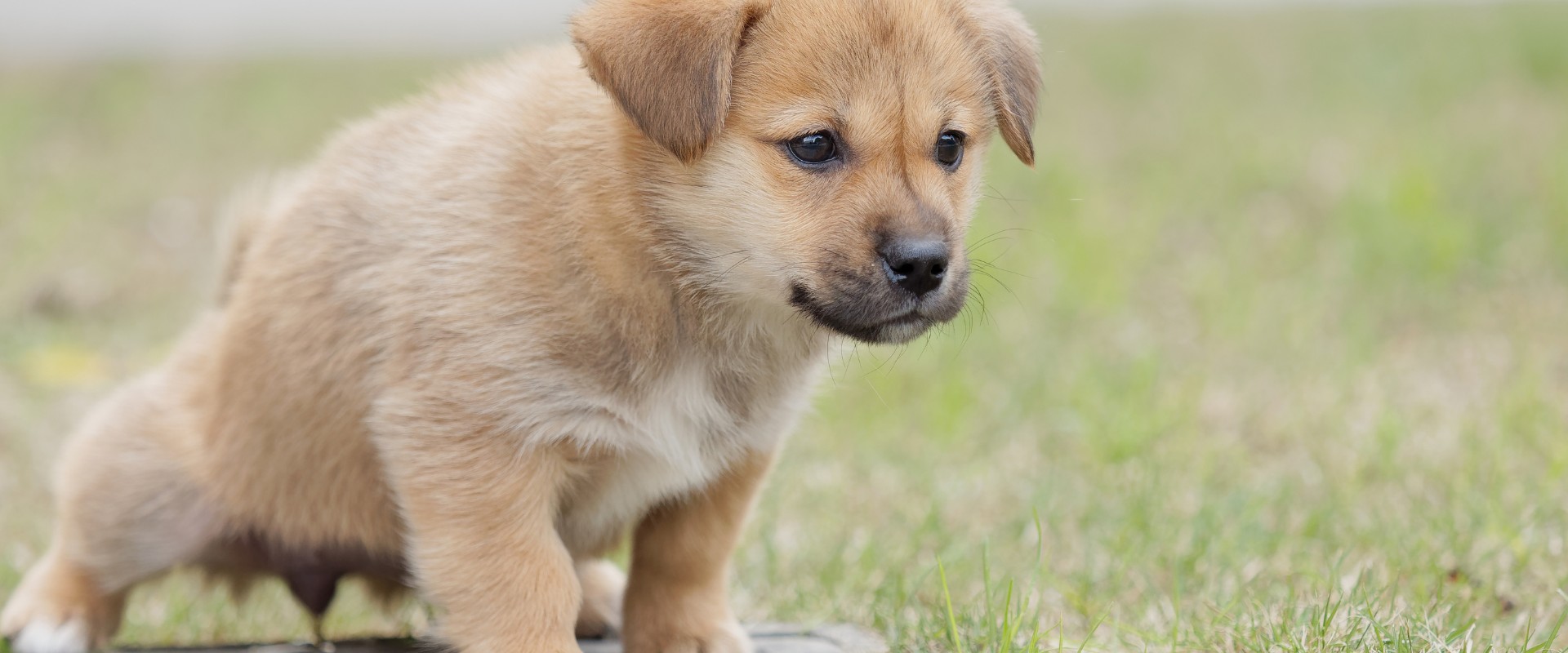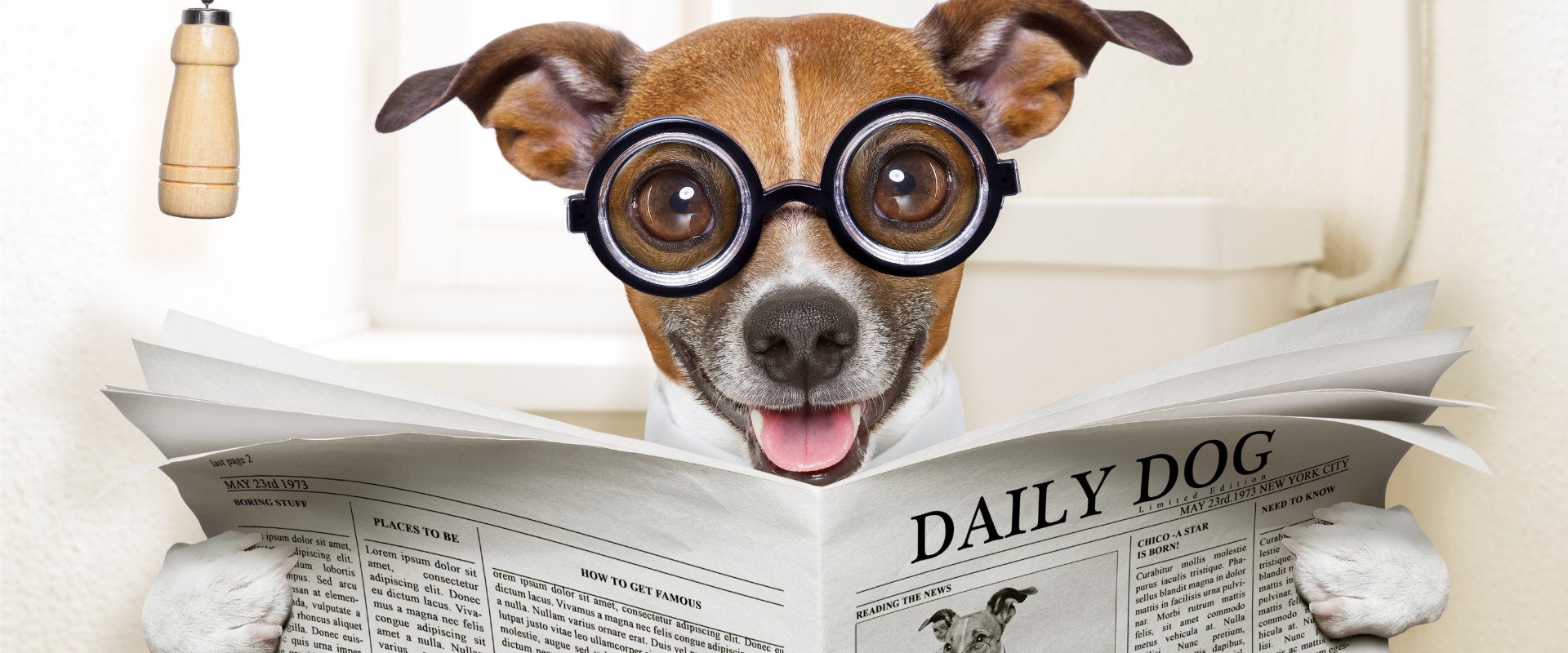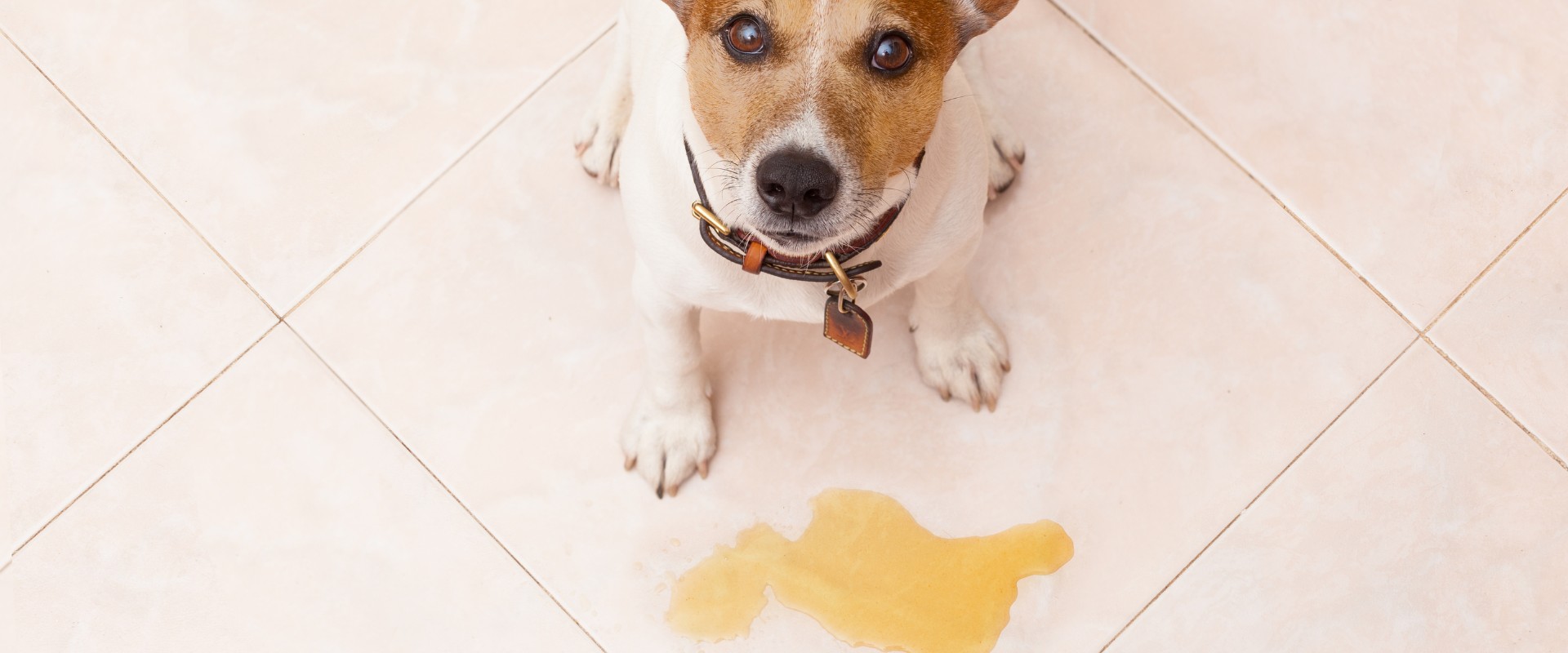Bringing a new furry friend into your home can be an exciting and rewarding experience. However, one of the first challenges many dog owners face is teaching their canine companion to pee outside. Proper potty training is essential for a harmonious coexistence with your pet and a clean home. In this article, we’ll provide you with a comprehensive step-by-step guide on how to train your dog to pee outside.
Training your dog to pee outside can be a challenge, but it is definitely possible with patience and consistency. Here are some tips to help you get started:
- Start early. The younger your dog is, the easier it will be to train them.
- Take your dog outside often. The more often you take your dog outside, the more likely they are to go to the bathroom.
- Choose a designated potty area. Take your dog to the same spot outside every time they need to go to the bathroom.
- Reward your dog for going to the bathroom outside. When your dog goes to the bathroom outside, give them a treat or praise them.
- Be patient. It may take some time for your dog to learn how to go to the bathroom outside consistently.

Train Your Dog to Pee Outside Step-by-Step Guide
1. Establish a Routine
The key to successful potty training is consistency. Dogs thrive on routines, so it’s crucial to establish a regular schedule for feeding, watering, and bathroom breaks. Typically, puppies need to go outside shortly after waking up, after eating or drinking, and before bedtime. Adult dogs may follow a similar schedule but can hold their bladder longer.
2. Choose a Designated Pee Spot
Selecting a specific area in your yard for your dog to relieve themselves can be incredibly helpful. This spot will become associated with the act of peeing, making it easier for your dog to understand where they should go. Use this location consistently during training.
3. Use Positive Reinforcement
Positive reinforcement is a powerful tool when training your dog. Whenever your dog pees outside, offer praise, affection, or a treat as a reward. This positive association encourages your dog to repeat the desired behavior.
10. Keep a Close Eye
Watch your dog closely, especially during the initial stages of training. If you notice any signs that they need to go, such as sniffing, circling, or whining, take them outside immediately. Being vigilant helps prevent accidents indoors.
5. Establish a Cue Word
Choose a cue word or phrase, such as “go potty” or “do your business,” to use consistently when you take your dog outside. This word will eventually signal to your dog that it’s time to pee.
6. Use a Leash
While in the early stages of potty training, it’s a good idea to keep your dog on a leash when you take them outside. This allows you to control their movements and keep them focused on the task at hand.
7. Be Patient
Potty training takes time, and accidents are bound to happen. It’s essential to remain patient and avoid scolding your dog for accidents. Punishment can create anxiety and make the training process more challenging.
8. Clean Accidents Thoroughly
When accidents do occur indoors, it’s vital to clean them up thoroughly to eliminate any lingering odors that might attract your dog back to the same spot. Use an enzymatic cleaner specifically designed for pet accidents.
9. Gradually Increase Outdoor Time
As your dog becomes more reliable in peeing outside, you can gradually increase the time between bathroom breaks. Start by extending the time by 15 minutes and continue to do so until your dog can hold their bladder for longer periods.
10. Adjust Feeding Times
To help with potty training, consider adjusting your dog’s feeding times. Feeding your dog on a consistent schedule makes it easier to predict when they will need to go outside. Avoid free-feeding, as it can make bathroom breaks less predictable.
11. Monitor Water Intake
Keep an eye on your dog’s water intake, especially in the evening. Limiting water a couple of hours before bedtime can reduce the likelihood of nighttime accidents.
12. Be Mindful of Age and Breed
It’s important to remember that every dog is unique, and some breeds may take longer to potty train than others. Additionally, puppies have smaller bladders and may need more frequent bathroom breaks. Be patient and adjust your training approach accordingly.
13. Consider Crate Training
Crate training can be an effective tool for potty training. Dogs are naturally averse to soiling their living space, so a properly sized crate can help them learn to hold their bladder. Be sure not to leave your dog in the crate for extended periods, as this can be stressful.
14. Seek Professional Help if Needed
If you’re struggling with potty training despite consistent efforts, don’t hesitate to seek the guidance of a professional dog trainer or behaviorist. They can assess your specific situation and provide tailored advice.
With patience and consistency, your dog will eventually learn how to go to the bathroom outside consistently.

More tips that may help:
- Keep your dog on a leash when you take them outside. This will help prevent them from going to the bathroom in the wrong place.
- If your dog starts to go to the bathroom inside, quickly interrupt them and take them outside.
- Be sure to clean up any accidents inside immediately. The smell of urine or feces may encourage your dog to go to the bathroom in that spot again.
With a little effort, you can train your dog to pee outside and keep your home clean and tidy.



